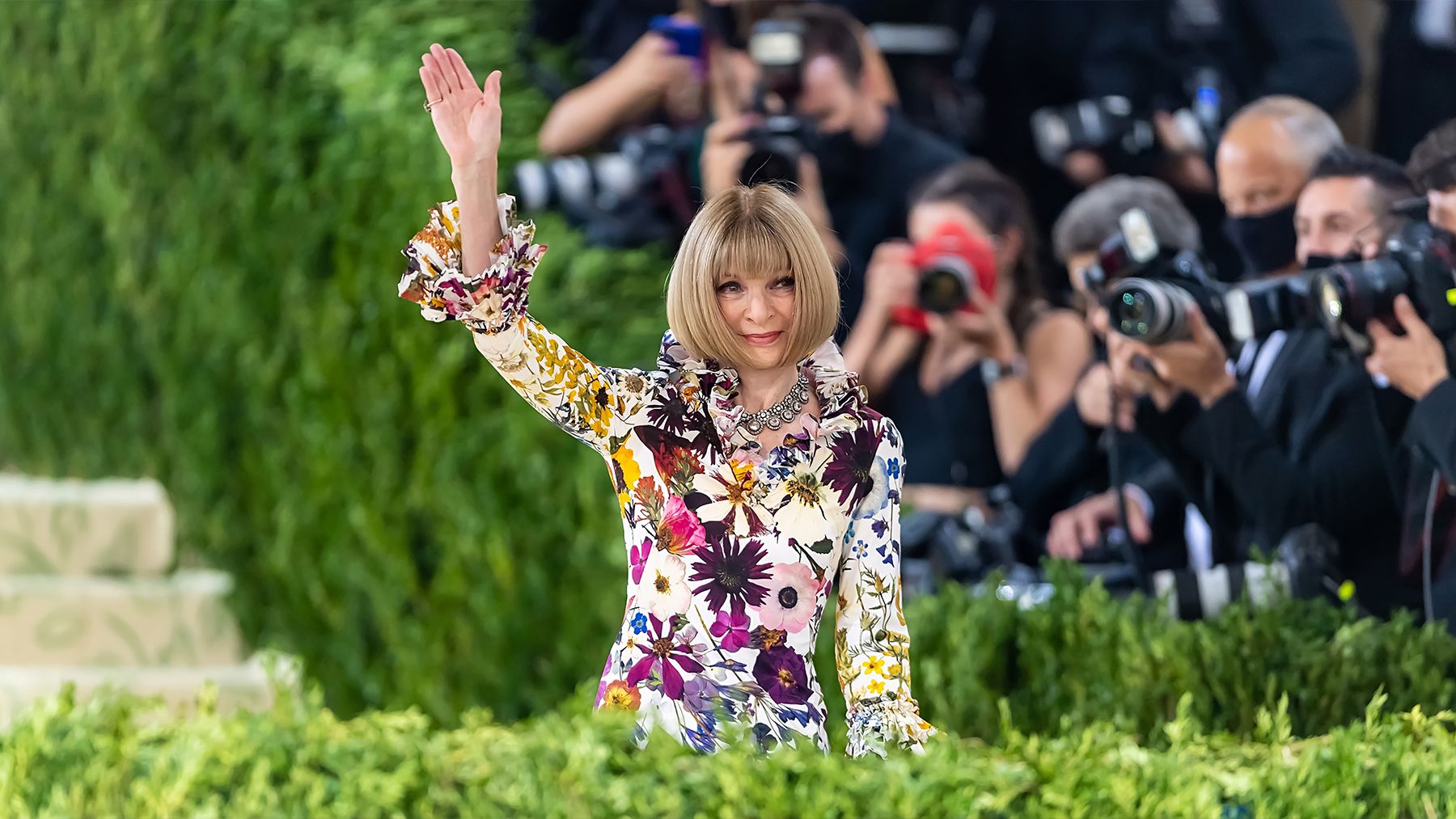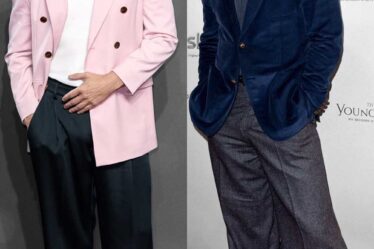
In fashion, the first Monday in May belongs to Anna Wintour. And this year, the stakes are higher than ever. The American Vogue editor (and global chief content officer at publisher Condé Nast) is set to stage what might be the most important Met Gala of her career.
It’s a critical year for the Costume Institute, a part of the Metropolitan Museum of Art, which experienced a serious financial shortfall during the height of the pandemic. The Met is counting, as always, on sales of tickets to the glitzy event (booking a table can cost $200,000 to $300,000, sometimes more) to generate funds — and compel people to visit the museum. After being cancelled in 2020, the gala brought in a record $16.4 million last September.
It’s also a critical moment for Vogue. As its bread-and-butter advertising business comes under increased pressure, the title is doubling down on new revenue streams, including its efforts to monetise the high-wattage red carpet that precedes the gala, the coverage of which the publication began to sell advertising against as early 2015, according to Amy Odell’s new biography on Wintour, set to be published on Tuesday.
For Wintour, who has become the Costume Institute’s primary fundraiser through a combination of savvy strategy and sheer force of will, this means balancing the tension between a charitable dinner and a profit-making digital content play.
According to Vogue executives, Wintour and her team do this by making sure the content they create not only offers viewers exclusive access to the gala, but encourages them to visit the museum and see the Costume Institute’s annual exhibition. (This year’s show, “In America: An Anthology of Fashion,” is the second part in a series showcasing American designs.)
“At the end of the day, this is an extremely important fundraiser,” said Anna-Lisa Yabsley, Vogue’s global digital strategy lead and executive director of content for the US edition. “Everything we do content-wise is about raising awareness and getting people through the door.”
But the Met Gala is also a significant money-making opportunity. For the second year in a row, Vogue is livestreaming the event, this time across several social media platforms, including Twitter, Facebook and Instagram. (Instagram is also a sponsor.) Vogue is charging $1 million for two six-second spots over the course of two hours, as well as additional amplification through influencers and other channels such as Instagram, according to multiple sources familiar with the proposal. Vogue declined to comment. (The programme’s hosts are La La Anthony, Vanessa Hudgens and editor Hamish Bowles.)
Along with the livestream, Vogue will once again publish a liveblog as well as a voting tool where users can promote their favourite looks, which it sells advertising against. That’s in addition to the stories and videos the site has been publishing in the weeks leading up to May 2.
”These are all little tweaks and enhancements, but ultimately have a very high return,” Yabsley said.
Advertisers include Cartier and Motorola, according to sources, although the company declined to comment regarding which brands have signed on. Mercedes Abramo, president and CEO of Cartier North America, told BoF in a statement that the company, which is a top online advertiser for many publications, wanted to support the Gala because of — at least in part — its importance to New York City, where Cartier has had a store for more than 100 years.
Vogue is able to charge a high premium for the event not only because it remains a prestige media brand, but also because of the online attention the Met Gala receives. While other outlets cover the red carpet with regularity, Vogue’s insider access and brand association give it an edge.
Elizabeth Webbe Lunny, the chief brand officer of Condé Nast’s style division, said it’s about bringing “consumers and advertising partners alike into Vogue’s inner circle.”
In 2021, Vogue’s Met Gala stream generated 16.5 million views, both live and on-demand, in the first two weeks, according to the brand’s internal tracking. Vogue.com itself garnered 8.2 million unique views on Met Gala content alone within three days of the event, with an average 24.5 minutes spent on Met content only. Across social media, there were 260 million Met Gala-related views in 48 hours.
Unlike the Oscars or other live events, the red carpet is all that viewers can consume of the Met Gala, so it’s the focal point. In fact, the Met Gala generated $543 million in media impact value (MIV) — or the effect of placements and mentions across different media platforms — compared to the Super Bowl’s $520 million, according to tracking firm Launchmetrics.
The Met Gala’s success as a pop-cultural phenomenon that transcends fashion is a prime example of why Wintour is seen by Condé Nast leadership as a value-creator.
And yet, there is more Vogue could do to capitalise on the event. A television element — such as a partnership with a streamer — is one of the biggest opportunities. The 2016 documentary, “The First Monday in May,” which covered 2015′s Met Gala, was only a modest success, generating just over $1 million in theatres worldwide, according to The Numbers. But each year, popular American cable channel E! hosts an entire evening of Met Gala coverage from which Vogue makes no money.
The more Vogue markets the Met Gala as the Super Bowl of fashion, and the only place to see it all, the more it can presumably charge for advertising. Of course, finding brands that can afford Vogue’s hefty prices is not easy, especially in the fashion space, where marketing budgets tend to be conservative compared to consumer packaged goods, automobiles or hard luxury. The goal for Vogue, then, is to find advertisers who want to reach an audience simply interested in fashion.
“It would be a brand that is interested in finding people who want to be involved in fashion, a part of the conversation,” said Jen Soch, executive director of channel solutions at media-buying firm GroupM. “There are lots of brands looking for fashion-forward-type projects.”



